Can We Trust a Government that Only Offers Two Choices?
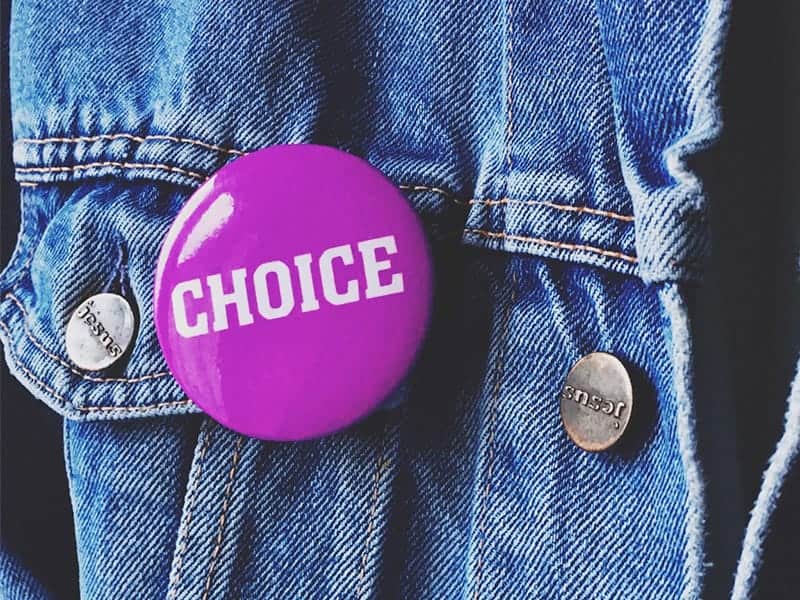
Is the Left-Right political scale still valid? While Women’s Business Daily will never dive into supporting candidates on one side or the other (in fact, we won’t even mention political figures in these articles), we do want to explore political themes, healthy conversations, and education.
Political polarization is at an all-time high – the Tea Party is pulling Republicans further Right as Democrats edge further Left. But what exactly does it mean to be on the Left or the Right? And what if you see yourself somewhere in the middle? As politicians shove each other farther from the center, moderate – and especially bipartisanship – seem to be buzz-words in Congress.
So what happens to the individuals who are socially liberal but agree with conservative economic policies? Who do you vote for when you’re pro-life and want affordable healthcare? Better yet – how can we trust a government that has divided us along lines that no longer seem to fit?
What do you believe?
When people talk about their political beliefs, they’ll usually talk about their party affiliation – Democrat, Republican, Independent, etc. This is known as your ideology. Simply put, political ideology is the sum of your values, opinions, and issues stances on politics.
Traditionally, we would say that a person’s ideology is conservative if their beliefs reflect the current order, or status quo. We would say their ideology is liberal if they prefer change. This idea of status quo vs. change is based on the 18th century French National Assembly. The terms “Left” and “Right” literally correlated with where party members sat – the members in favor of the standing political order sat on the right and those in favor of change sat on the left.
These days, however, the words “conservative” and “liberal” seem to mean something very different in America. Conservatives still associate with traditional social values, but also with little government involvement in economic matters. Liberals, on the other hand, look to the government to ensure social equality and to regulate potential corporate malfeasance.
Do our common associations match up with the traditional ideas of Left and Right?
The breakup of social policy desires
More recently, people have begun to break down ideology into two parts: social and economic ideology. This is why you’ll hear people say they are fiscally liberal but socially conservative, or vice versa. Yet some issues seem to transcend even these divisions. For example, what happens when you’re against gun control but in favor of single-payer healthcare?
The GOP (Republican or “Grand Old Party”) has started to move toward a more moderate stance on some issues once considered quite progressive, like LGBT rights. And there are countless nicknames for politicians who identify with one party, but swing the other way on certain issues – like the fiscally conservative Blue Dog Democrats.
Does ideology still matter?
People have linked political ideology and party identification to everything from parental involvement and personality to indoctrination during college years. We associate conservativism with Republicans and liberalism with Democrats. Yet, neither side seems wholly Left or Right, and few people agree with every issue stance of their preferred party.
Do these daily uses of “conservative” and “liberal” still fit with the idea of status quo vs. change? Which side do you align with? Where do you turn for moderate views? We’d love to start a healthy conversation on this topic in the comment section below.
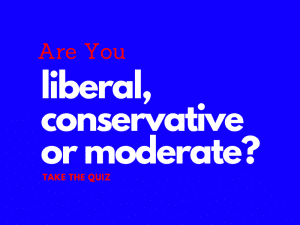
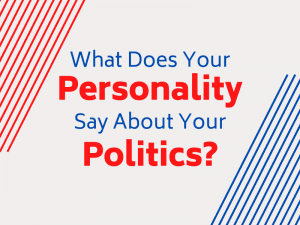
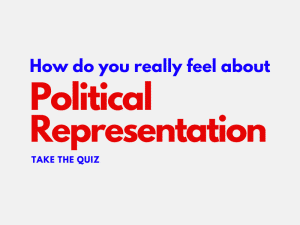

Responses